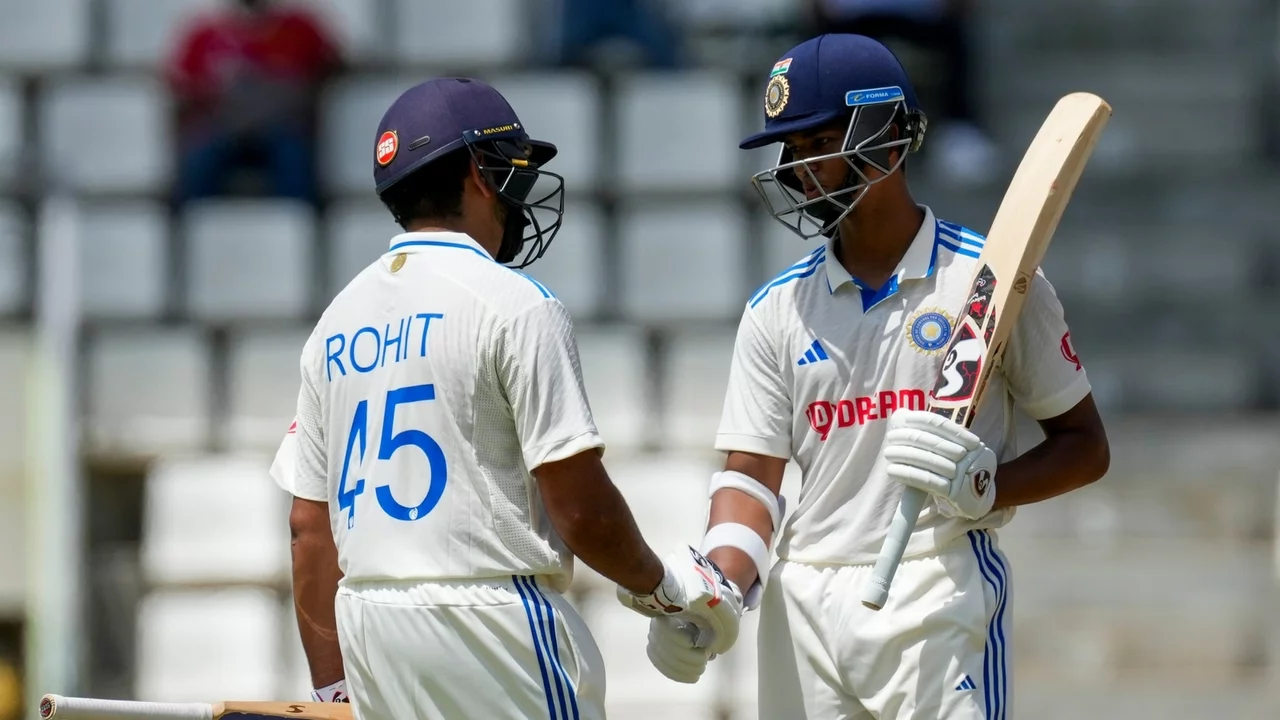Cultural Differences That Impact Your Match
When you start looking for a life partner, cultural background is more than a checkbox. It influences how families celebrate, how partners talk, even what they eat for dinner. Understanding these differences up front saves you from surprise arguments later on and helps you pick someone whose world fits yours or can blend smoothly with it.
Common Areas Where Cultures Collide
First off, family expectations vary a lot. In many Indian households, parents play a big role in choosing a spouse and expect regular visits, while many American families encourage independence and give couples space to decide on their own. This can lead to tense moments if one side expects daily check‑ins and the other feels suffocated.
Second, communication style matters. Some cultures use direct, blunt language; others rely on subtle hints and respect for hierarchy. If you grew up in the US, you might say exactly what you think, while an Indian partner might soften criticism to keep harmony. Learning to read each other's tone avoids misunderstandings.Third, daily habits are a quick litmus test. Think about food: a fast‑food‑centric diet is common in the US, whereas a home‑cooked, spice‑rich menu is the norm in India. If one partner loves pizza every night and the other prefers dal with rice, that can become a nightly debate. Simple compromises—like sharing cooking duties or trying each other's favorite dishes—keep the dinner table peaceful.
Fourth, holidays and festivals shape how couples spend time. Christmas, Thanksgiving, or Halloween bring specific rituals in the US, while Diwali, Holi, and Eid light up Indian calendars. Planning around both sets of celebrations can feel busy, but it also offers a chance to learn new traditions and make memories together.
Tips to Bridge Cultural Gaps
Start with curiosity, not judgment. Ask your partner why a particular custom matters and listen without trying to compare it to your own habits. A genuine question like, "What does Diwali mean to you?" shows respect and opens the door for deeper conversation.
Set clear expectations early. If you expect weekly family gatherings, say so. If you need personal time on weekends, let them know. Clear boundaries reduce the chances of feeling taken for granted later.
Find common ground through shared activities. Cooking a fusion meal, attending a cultural event together, or watching a favorite TV show can create neutral space where both cultures feel valued.
Be ready to compromise. Maybe you’ll agree to celebrate Diwali at home this year and Thanksgiving with friends next year. Small give‑and‑take gestures build trust and show that you’re willing to meet halfway.
Finally, remember that cultural differences are not obstacles but opportunities. They bring fresh perspectives, new recipes, and different ways of handling life’s challenges. When both partners see these differences as strengths rather than problems, the relationship becomes richer and more resilient.
Whether you’re comparing life in the USA to India or navigating any other cultural mix, the key is open dialogue, respect, and a willingness to learn. Embrace the journey, and you’ll find that love can thrive across any cultural divide.

How is life different in USA compared to India?
In comparing life in the USA and India, I found distinct differences. The pace of life in the USA is generally faster and more structured, while India has a more relaxed, flexible lifestyle. The USA's infrastructure is more developed, with most citizens having access to advanced amenities, whereas India is still developing in many regions. Cultural differences are also stark, with the USA's individualistic society contrasting with India's strong community and family-oriented values. Lastly, the cuisine varies enormously, with the American diet being more fast food-based and the Indian diet revolving around home-cooked, spiced dishes.